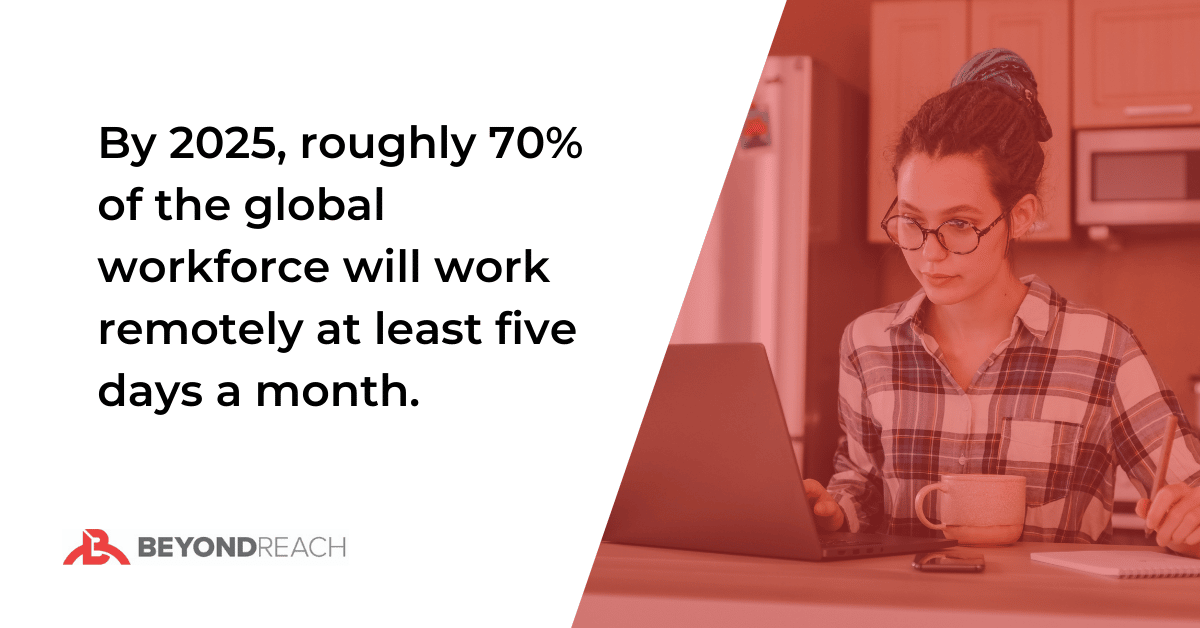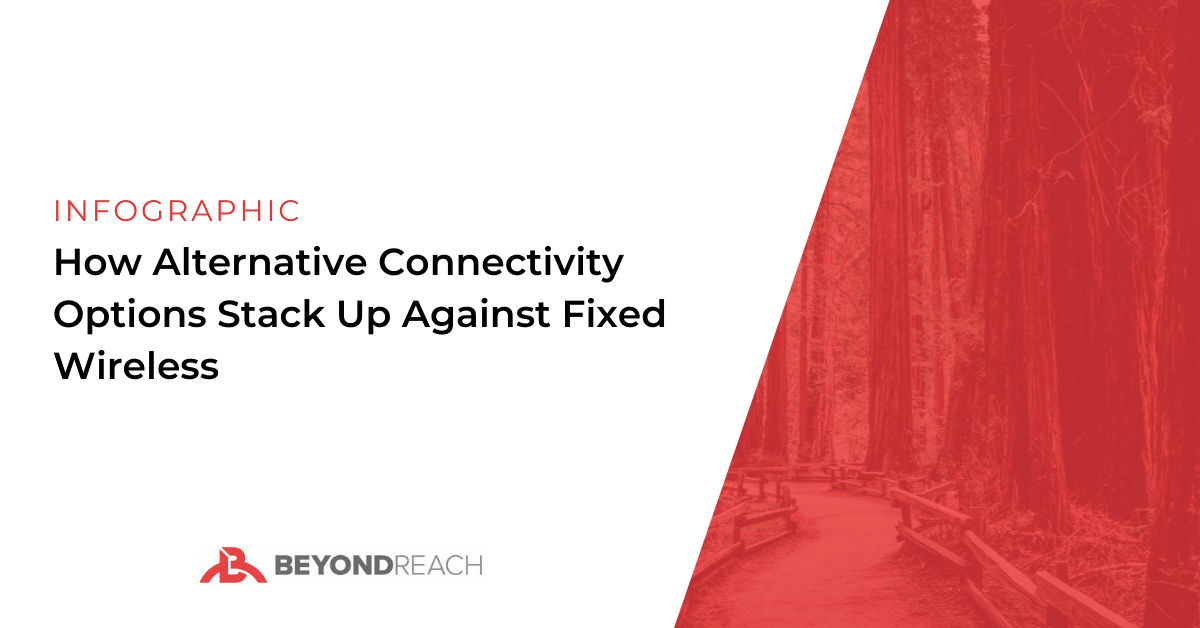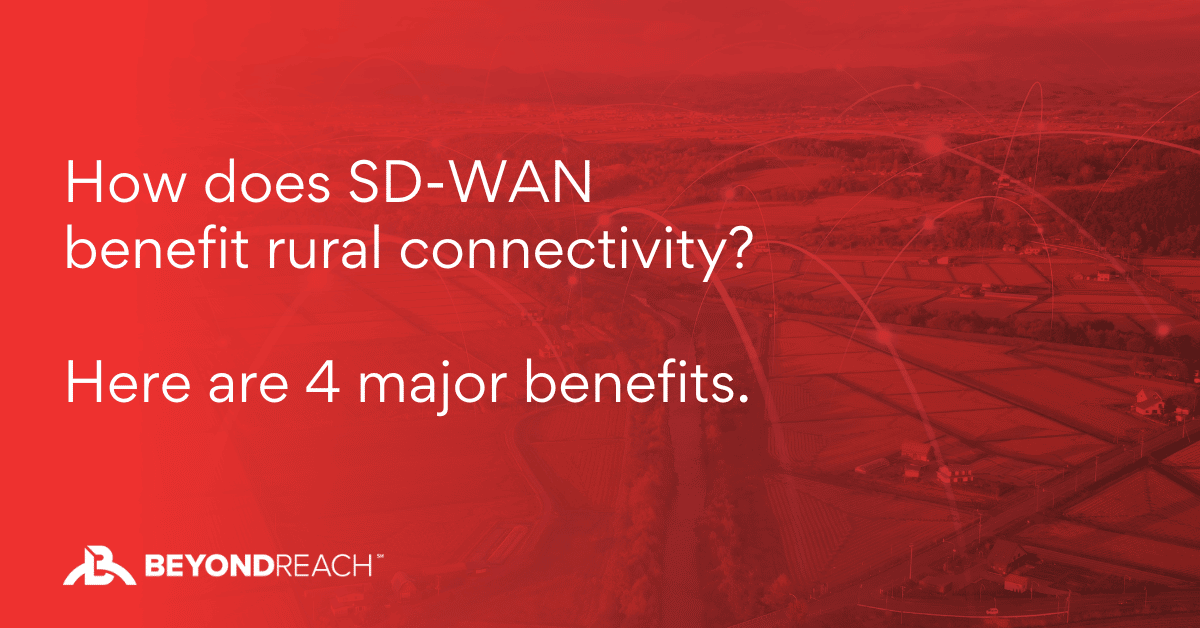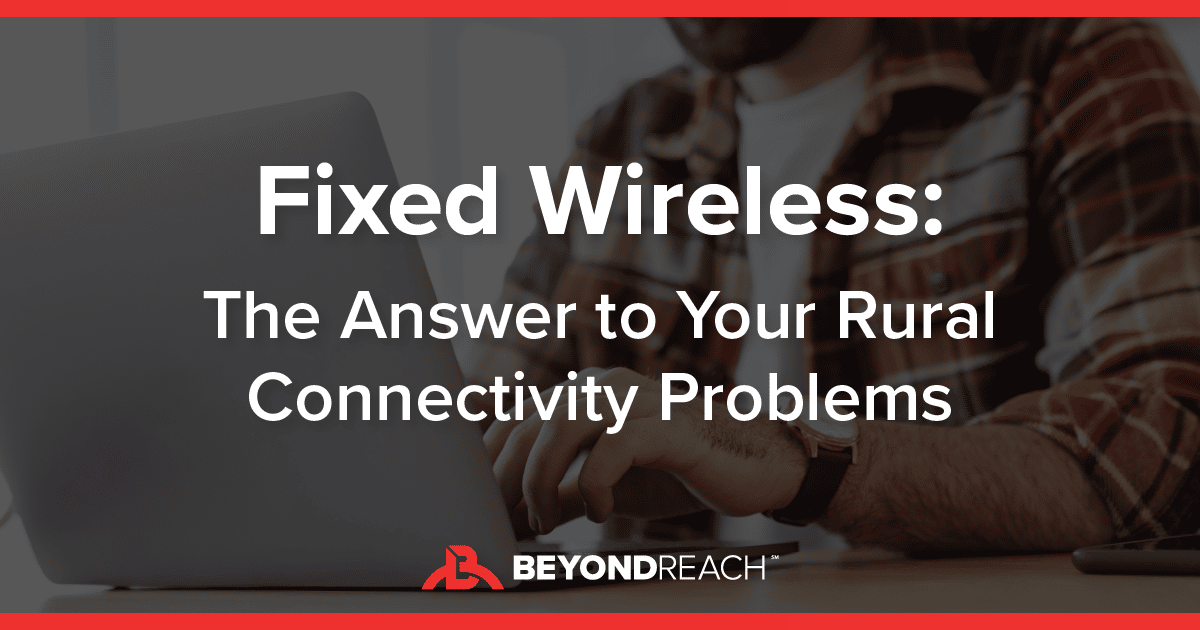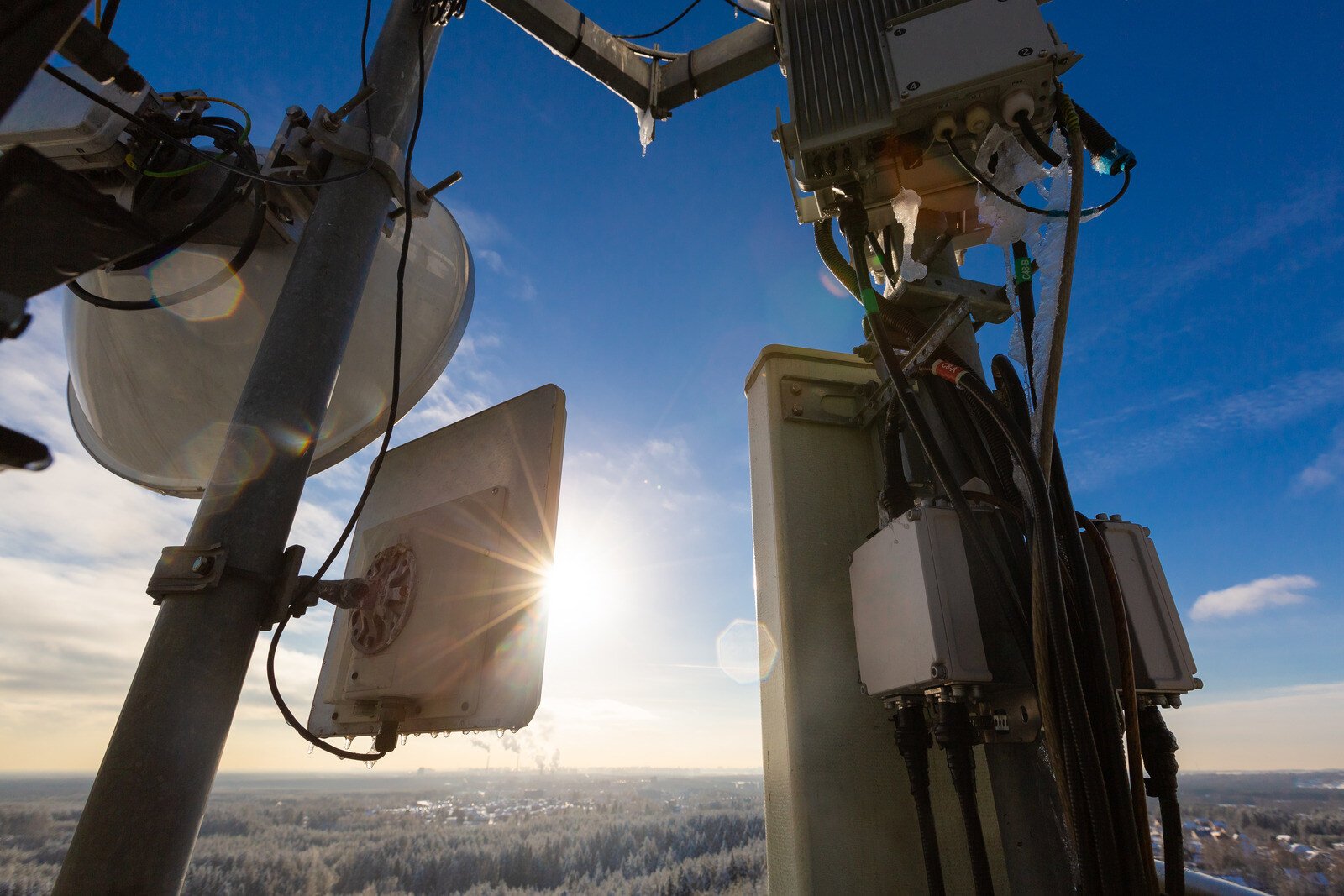High-speed internet access is a pivotal part of modern life, yet many rural communities still lack reliable broadband connections. In 2023, 26% of the U.S. population in rural and Tribal areas couldn’t access broadband connections, compared to only 3% of those in metropolitan areas.1
Expanding rural internet requires service providers to navigate a complex regulatory environment fraught with both challenges and opportunities. To successfully bring connectivity to underserved areas, understanding regulations and how to leverage them for expansion is key. In this blog, we’ll explore the difficulties and incentives government regulations create – so service providers can turn regulatory hurdles into catalysts for closing the digital divide.
Regulatory Challenges in Rural Connectivity
Offering internet services in rural areas poses specific regulatory and economic challenges for service providers. Rules intended to encourage market competition and compliance with technical standards often have high costs that are difficult to offset in lower-density rural markets. Two primary areas where these regulations present challenges are:
Navigating Complex Regulations
Telecommunications regulations can be overly complex and difficult for providers to follow. For example, the U.S. Federal Communications Commission (FCC) enforces rules on using radio spectrum frequencies, which are essential for providing wireless internet. Following these complicated regulations requires not only understanding the legal intricacies but also being adaptable to evolving guidelines.
Balancing Cost and Compliance
Regulatory requirements also add costs for service providers. The Telecommunications Act of 1996 introduced several rules intended to foster competition – but also imposed compliance costs. These costs make delivering internet services in rural areas with lower customer density less economically viable for providers.
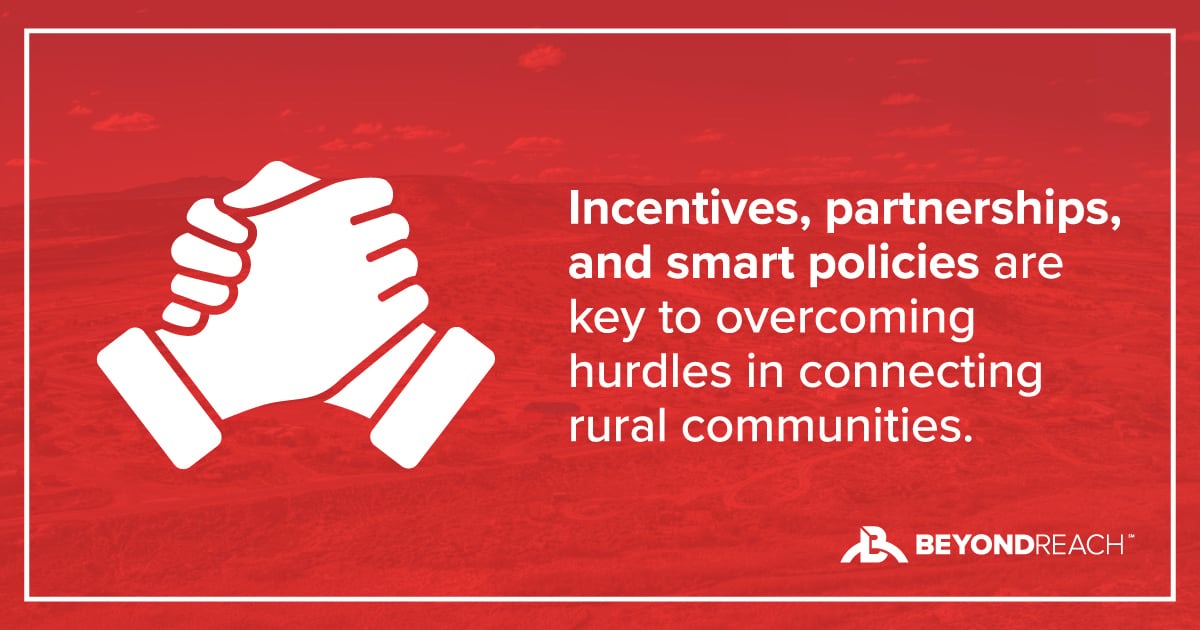
Opportunities in Rural Broadband Regulation
While regulations impose challenges, they can also create opportunities to expand rural broadband services when shaped intentionally. Policies that incentivize investment through subsidies and collaborative frameworks allow providers to overcome cost barriers. The biggest opportunities for service providers include:
Incentivizing Expansion Through Policy
Government programs often provide financial rewards to encourage expanding rural access. The Rural Digital Opportunity Fund gives funding to companies that extend service in rural zones, greatly lowering the costs of complying with rules and building infrastructure to make rural internet more attractive for providers.
Pave the Way for Rural Connectivity With BeyondReach
Bringing reliable broadband to rural communities requires navigating a nuanced regulatory landscape. By understanding regulations and leveraging incentives, service providers can sustainably expand connectivity to help rural residents fully participate in our digital world.
At BeyondReach, we partner with ISPs, MSPs, and aggregators to bring connectivity to even the most remote locations. We believe every business should have internet, which is why we’re passionate about designing high-quality, creative broadband solutions for hard-to-serve locations. Our wide-reaching network enables partners to provide reliable, high-speed internet to underserved communities across the U.S. and Canada.
We’re dedicated to empowering rural communities with the connectivity they need, backed by a deep understanding of the regulatory environment and a commitment to innovative solutions. Ready to get started with solutions that help bridge the rural digital divide? Reach out to BeyondReach today.
Sources:
